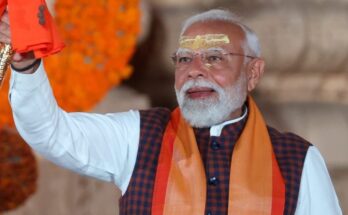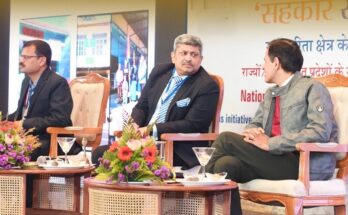A total 77 per cent of women compared to 81 per cent of men felt that last mile connectivity needed to be improved.
In 2018, Ola Mobility Institute conducted a survey of 43,486 individuals along 52 parameters in 20 cities across India.
These were used to develop urban mobility indicators and rank cities based on people’s perceptions of their commute and use of different modes of transport.
The findings revealed that 59 per cent of women compared to 66 per cent of men used public transport, with two-thirds of the trips being made daily (43 per cent) or weekly (23 per cent).
Gender comparison of motorised transport use indicated that women constituted 38 per cent of bus users, 35 per cent of metro/ train users and 40-45 per cent of rickshaw, on-demand taxi and other shared mode users.
A total 31 per cent of women and 33 per cent of men lived within 5 minutes’ walk from a public transport stop with more than 80 per cent of women and men living within a 15-minute walk from a public transport stop.
A total 24 per cent women and 28 per cent men had to wait less than 5 minutes for a bus with half the number of women and men waiting for 5-15 minutes.
Women’s higher reliance on walking and on intermediate public transport for first and last mile connectivity was evident as they walked (35 per cent) and used other shared transport (24 per cent) followed by two-wheelers (22 percent), cycles (11 per cent) and cars (8 per cent).
Men also used these modes, but to a slightly lesser degree: walking (34 per cent), two-wheelers and other shared transport (22 per cent each) with a higher use of cycles (13 per cent) and cars (9 per cent).
Only 29 per cent of respondents felt that there were cycle stands at a majority of transit stops in their
city.
Women’s reasons for using public transport were affordability (40 per cent), convenience (26 per cent), time saved (18 per cent) with 15 per cent stating that they had no other option. Close to half of employed women felt that public transport was affordable as compared to 36 per cent of home-makers, students and unemployed women.
Only 55 per cent of women used smart cards, which increased to 63 per cent for students and 59 per cent for unemployed women. (UNI)




